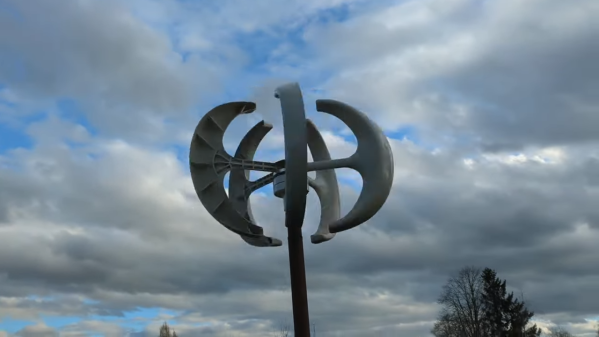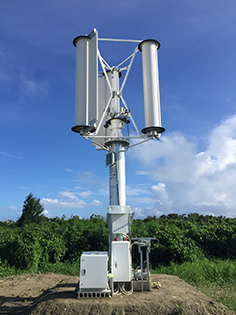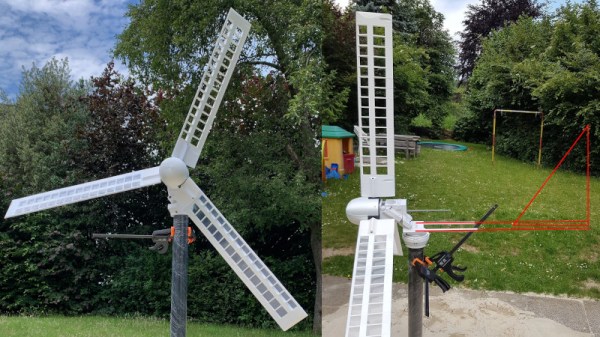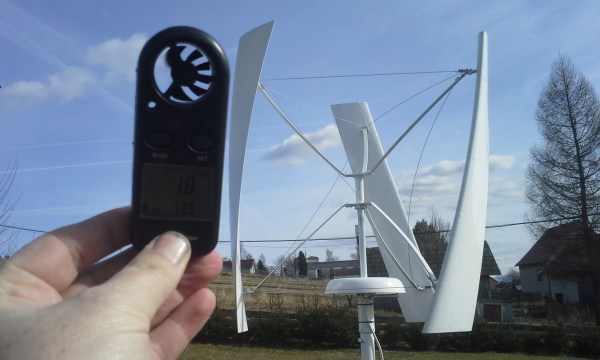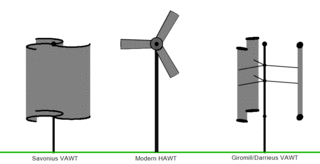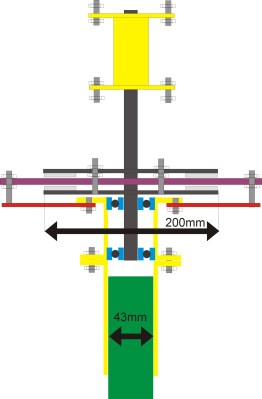If you’ve got a property with some outdoor space and plenty of wind, you might consider throwing up a windmill to generate some electricity. Indeed, [The Broject List] did just that. Only, his experience was a negative one, having purchased a cheap windmill online. He’s warning off others from suffering the same way by explaining what was so bad about the product he bought.
The windmill in question was described as a “VEVOR Windturbine”, which set him back around 100 euros, and claimed to be capable of producing 600 watts at 12 volts. He starts by showing how similar turbines pop up for sale all over the Internet, with wildly inflated specs that have no relation to reality. Some sellers even charge over 500 euros for the same basic device.
He then demonstrates the turbine operating at wind speeds of approximately 50 km/h. The output is dismal, a finding also shared by a number of other YouTube channels out there. Examining the construction of the wind turbine’s actual generator, he determines that it’s nowhere near capable of generating 600 watts. He notes the poorly-manufactured rotor and aluminium coils as particular disappointments. He concludes it could maybe generate 5 watts at most.
Sadly, it’s easy to fall into this trap when buying online. That’s where it pays to do your research before laying down your hard-earned cash. Continue reading “Bad Experiences With A Cheap Wind Turbine”

